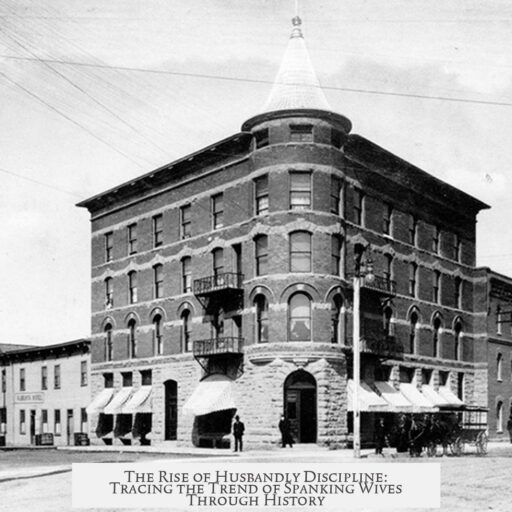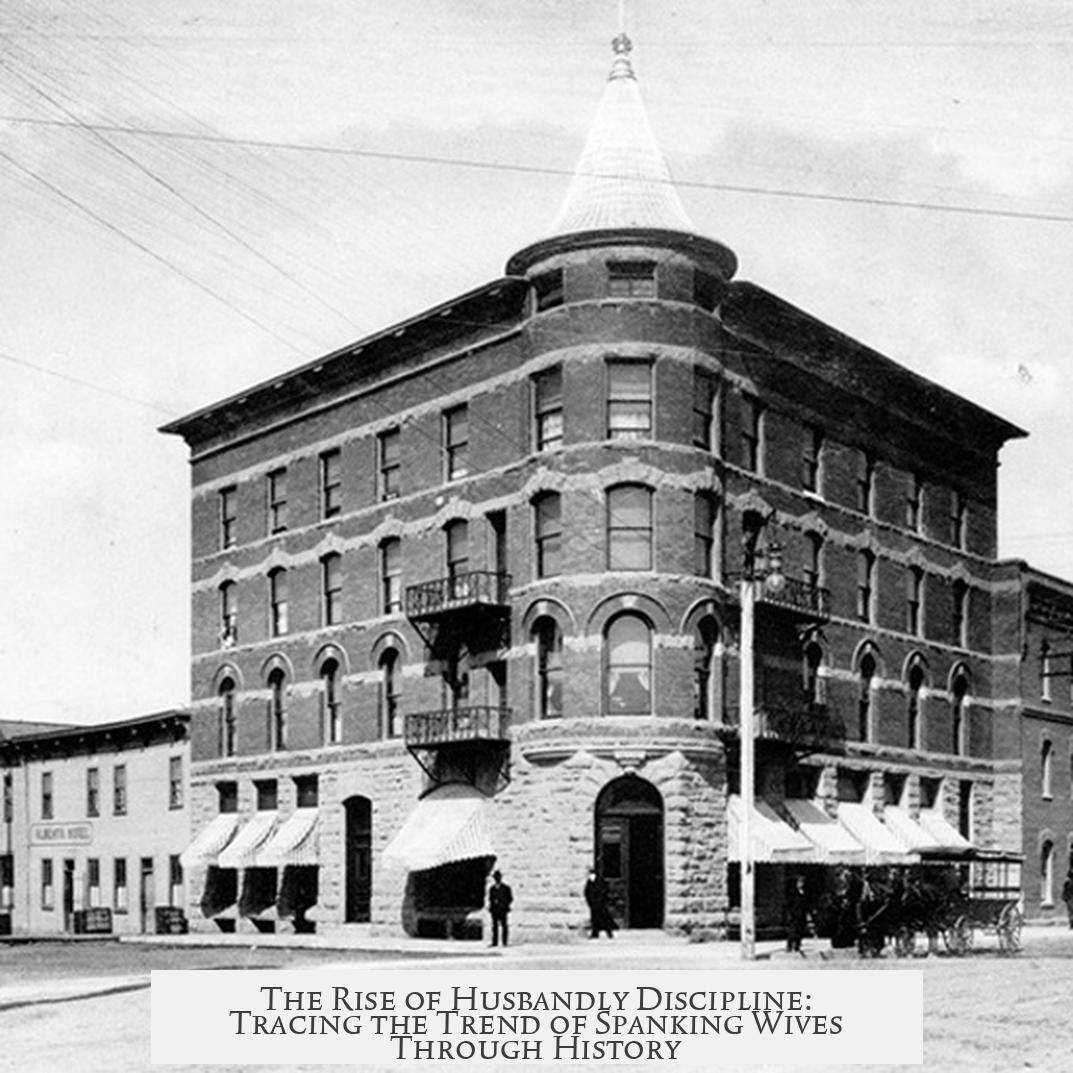The concept of husbands spanking their wives to discipline them gained traction primarily in popular culture during the early to mid-20th century, particularly from the 1930s to the 1950s. This period saw widespread depictions of spanking in films and media as a reflection of societal attitudes toward gender roles. While some historical newspapers from the 1920s and 1930s reported on alleged legal rulings that appeared to permit such behavior, these accounts are often unreliable or exaggerated. The cultural traction of this concept corresponded closely with significant social changes involving women’s expanding rights and roles.

Historical reporting on husband spanking in the form of legal rulings offers some insight but demands caution. Newspapers from the 1920s and 1930s occasionally described court decisions that supposedly upheld a husband’s right to physically discipline his wife. For instance, a 1936 article in the Salamanca Inquirer reported that a judge in Ontario upheld a night worker’s right to spank his wife if breakfast was not prepared on time. Similarly, a 1923 Fayetteville Bulletin article claimed a husband had the right to spank his wife in response to her abusive behavior. Other examples include a 1935 report of a Pennsylvania judge ruling in favor of a husband spanking his disobedient wife.
However, researchers emphasize that these newspaper articles often require critical scrutiny. Primary source verification reveals that many such claims lack substantive legal documentation or reflect sensationalized tales. One analysis highlighted that an incident described as wife spanking in newspapers was, in fact, a case of physical violence involving punching. Therefore, while these reports suggest public discussion and some level of social acceptance during the era, they do not definitively prove widespread judicial endorsement of husband spanking.
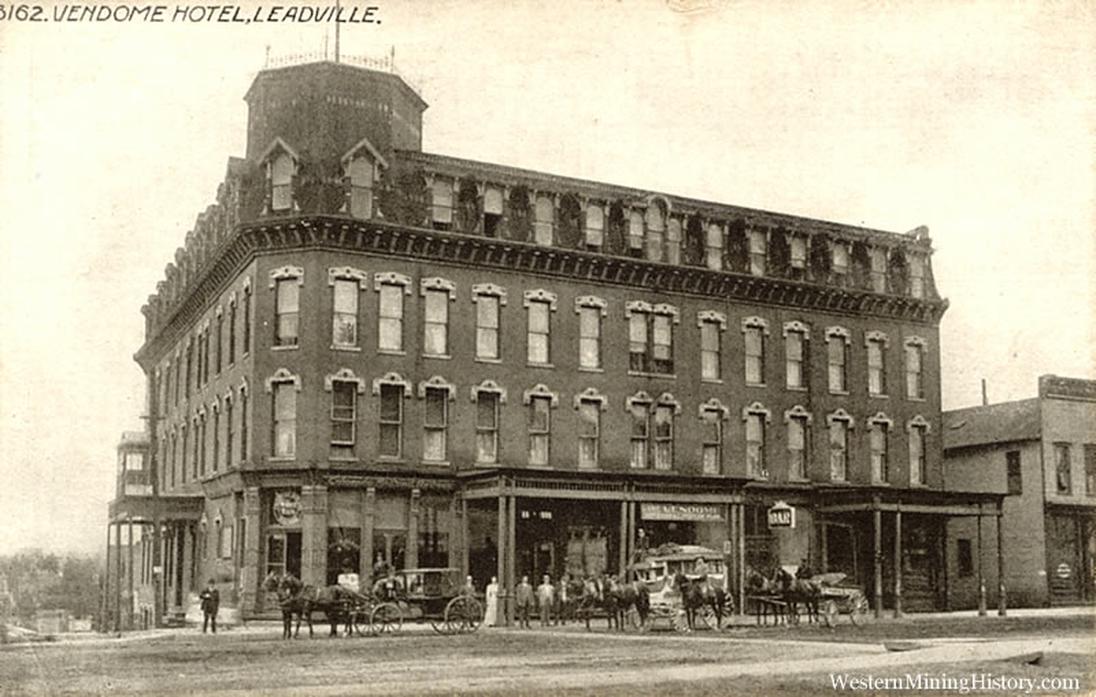
The concept gained much more visibility and popularity as a trope in popular culture, especially films of the early to mid-20th century. Movies often portrayed spanking not as outright abuse but as a playful or corrective act by a loving husband toward a wife who displayed independent, aggressive, or flirtatious behavior. These portrayals usually showed the woman submitting after initial resistance, reinforcing traditional views on male dominance and female submission within marriage.
Films from the 1930s through the 1950s frequently included spanking scenes where a female character who challenged social norms or was assertive in relationships was physically chastised by her male partner. The spanking was often framed humorously or romantically, implying that the woman ultimately enjoyed or deserved the chastisement. For example, the popular narrative surrounding Annie Oakley, as fictionalized in the 1946 film Annie Get Your Gun, reflects this dynamic by showing the female lead deliberately losing competitions to maintain gender roles and male control.

Film historians and critiques document these scenes extensively. Blogs like Vanilla Spanking track spanking portrayals and their impact, highlighting how actresses depicted these scenes. Maureen O’Hara’s notable spanking scenes in classic films serve as cultural exemplars of this trope. Collectively, these portrayals served to perpetuate a narrative where female power or independence was playfully suppressed to reestablish traditional gender hierarchies.
The traction of spanking as a disciplinary concept in husbands’ control over wives can also be seen as a social reaction to shifts in gender norms. The early 20th century and especially the World War II years ushered in significant societal changes: women entered the workforce in unprecedented numbers, gained suffrage, and experienced greater freedom in personal and social behaviors such as smoking and dressing styles.
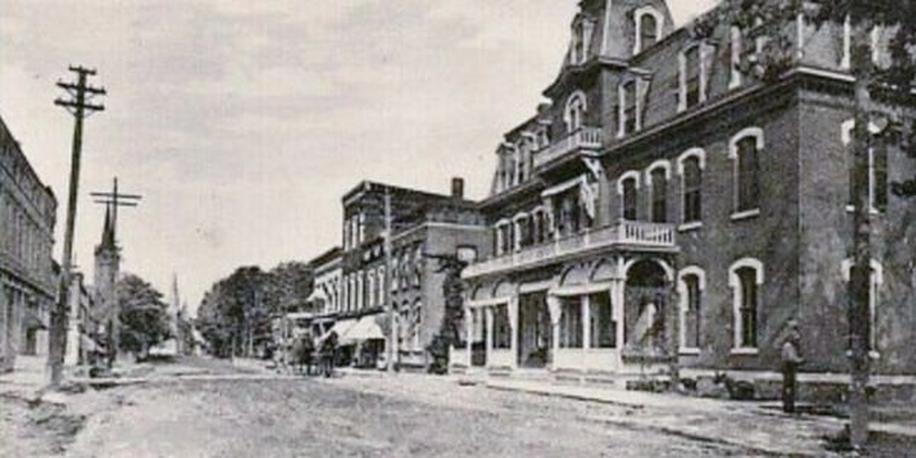
In this context, spanking scenes in media symbolized cultural unease. They reinforced traditional power dynamics by infantilizing women and dramatizing their “need” for male authority and correction. Such portrayals acted as a societal mechanism to preserve existing gender orders amid rapid social transformation. They sent messages to audiences that female independence should be tempered through patriarchal “discipline,” thereby maintaining familiar hierarchical relationships.
| Aspect | Details |
|---|---|
| Historical Legal Reports | Newspaper articles from 1920s-1930s report judge rulings allowing husband spanking; reliability often questionable |
| Pop Culture Depictions | 1930s-1950s mainstream films regularly portrayed husband spanking wives in playful or corrective contexts |
| Societal Context | Tied to societal anxiety over women’s expanding rights, increased workforce participation, and changing gender dynamics |
| Cultural Impact | Reinforced traditional gender roles by dramatizing male dominance and female submission |
Overall, the concept of husbands spanking wives to discipline them gained notable traction in a cultural sense during the early to mid-20th century. It was less a clear legal standard and more a reflection of popular and media narratives reacting to shifting social norms. This concept was deeply embedded in the gender conventions of the time and played a role in maintaining traditional hierarchies in a period of social upheaval.
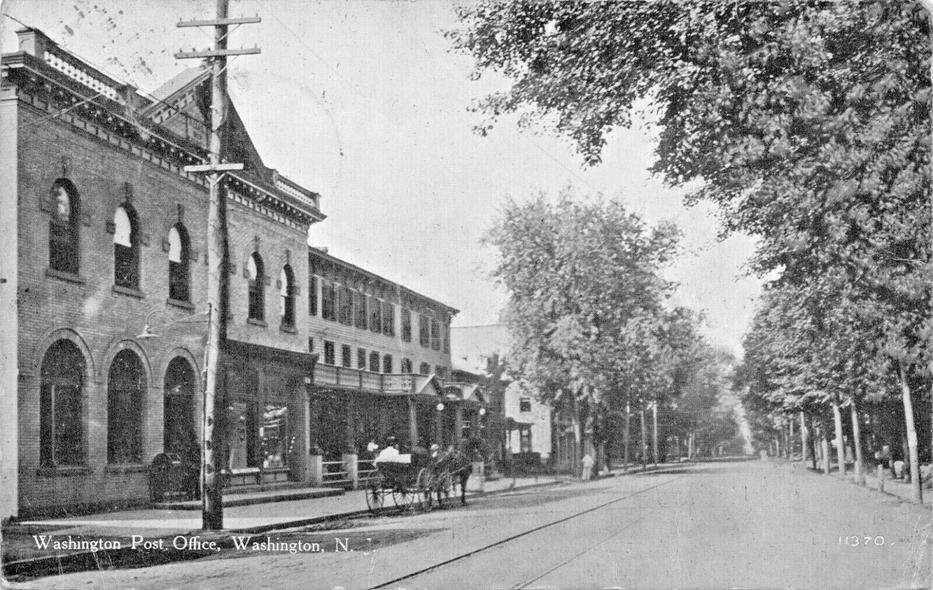
- The trope proliferated in mainstream films from the 1930s to 1950s.
- Historical legal allowances in newspapers are often exaggerated or unreliable.
- Media portrayals reflected societal discomfort with women’s emerging roles.
- Spanking scenes reinforced male authority and female subordination.
- This concept’s popularity declined as social attitudes toward gender equality evolved.
When Did the Concept of Husbands Spanking Their Wives to Discipline Them Gain Traction?
The concept of husbands spanking their wives to discipline them gained traction primarily in popular culture during the early to mid-20th century, especially from the 1930s through the 1950s. This period saw this notion flourish in films, media, and even alleged court reports. Sounds shocking, right? But let’s peel back layers and discover how this idea caught on and why it remains a curious relic of cultural history.
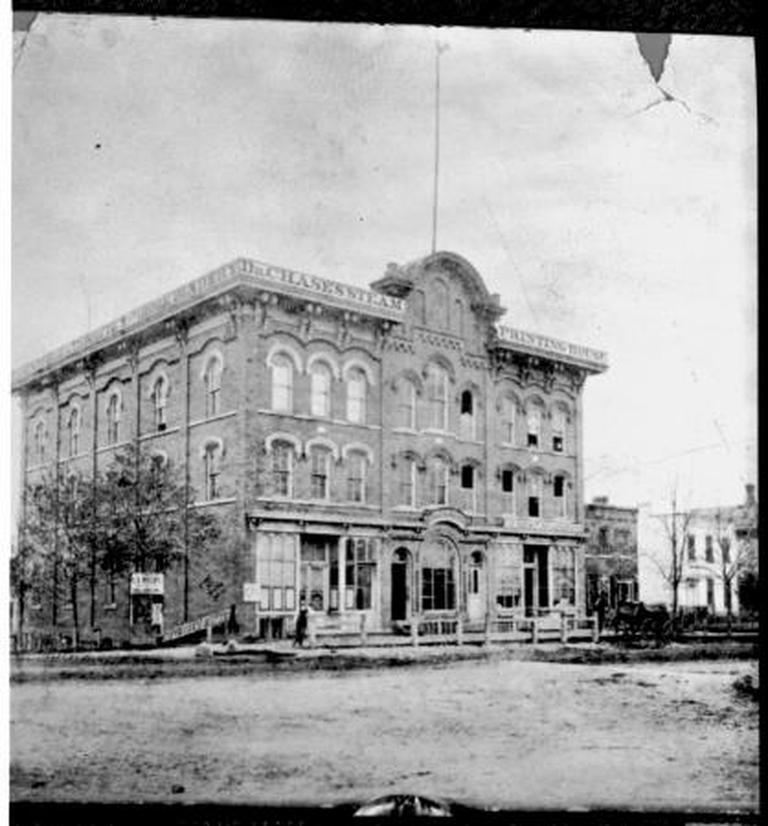
To understand this better, one must explore three angles: historical legal claims, pop culture portrayals, and the broader societal context shaping these notions. Let’s dive in.
A Glance at Historical Legal Reports: Were Judges Really Approving Husbandly Spanks?
Believe it or not, newspaper articles from the 1920s and 1930s often claimed judges had ruled in favor of a husband’s “right” to spank his wife under certain conditions. Some headlines scream things like “Night Worker’s Right to Spank Wife Upheld” (Salamanca Inquirer, 1936) or “Husband May Spank Abusive Wife” (Fayetteville Bulletin, 1923). These reports suggest a legal acceptance of spanking wives as a disciplinary tool. Scary stuff.
For example:
- In 1936, a court in Sudbury, Ontario, allegedly upheld a man’s right to spank his wife if breakfast wasn’t ready.
- In 1923, a judge reportedly approved a husband spanking his wife after she threw a flat iron at him for his cleaning mistakes.
- By 1935, Pennsylvania courts supposedly ruled spanking ok for disobedience.
But here’s the catch — a lot of these newspaper accounts are unreliable. Contemporary historians and legal analysts emphasize that many such stories were sensationalized or completely fictional. In court documents, bruising from a spouse might have involved fists, not just a paddle or hand. The sensational headlines were likely crafted to sell papers more than to reflect reality.
“Historical newspapers must be interrogated as primary sources… in many cases, they seem to be completely fictional.”
So legal acceptance as a norm? Probably overstated.
Pop Culture’s Role: From Silver Screen to Household Talk
Now, here’s where things get really intriguing and a bit uncomfortable. Spanking wives wasn’t just whispered about in courtrooms; it became a popular media trope in the early 20th century. Movies from the 1930s to 1950s often featured scenes where a female character who dared to be independent or push boundaries was promptly disciplined by being spanked by her male love interest—sometimes playfully, sometimes seriously.
This trope mirrored and reinforced the gender norms of the era. Independent women were “tamed” or dominated by their husbands or suitors, but the spanking was sometimes portrayed as an odd mix of corrective and affectionate.
Recall the tale of Annie Oakley and Frank Butler. The real Annie was a sharpshooting star who beat Frank in contests — imagine the girl power! But the musical Annie Get Your Gun (1946) changed the script, depicting Annie deliberately losing to conform to expectations that men should come out on top. And in many films, the spanking scenes served to keep that “proper romantic relationship” in check.
These scenes were far from rare; they appeared frequently enough to become a recognizable trope. Female characters asserting themselves might be “put in their place” with a playful spanking, struggling and gasping as if it was part of the dance of courtship.
The blog Vanilla Spanking documents these portrayals in intricate detail, including effects on actresses who performed them. For instance, Maureen O’Hara, a popular actress in Westerns, was often on the receiving end of such scenes, highlighted on this page.
Why Did This Concept Gain Traction? The Social Context
The rise of this spanking trope aligns closely with significant changes in society. Early 20th century witnessed transformational shifts: women entered the workforce in increasing numbers, found new freedoms in relationships, gained voting rights, and even normalized wearing makeup and smoking in public.
This decade-long push toward female independence unsettled many pockets of traditional society. As women gained visibility and influence, cultural anxiety surged. Media often responded with narratives that reinforced conventional gender roles, using spanking scenes as a tool to remind women of their “place.”
“Gratuitous spanking scenes in movies and television reinforced feminine powerlessness and childishness in the fight against change.”
Think of it as pop culture’s knee-jerk reaction to shifting power dynamics—an attempt to manage social tension by trivializing and infantilizing women who strayed from expected norms. The playful yet forceful act of spanking symbolized a reassertion of male authority during unsettled times.
What Does This Teach Us?
We now know these portrayals, amplified by sensational news stories, do not reflect legitimate or acceptable behavior. Thankfully, society’s understanding has advanced. Today, spanking a spouse as discipline is widely condemned and recognized as abusive.
Yet, exploring when and why this concept took hold reveals much about prior societal fears and how media shapes public attitudes. It reminds us how entertainment can sometimes uphold troubling ideas under the guise of humor or romance.
So, next time you binge on old movies, keep your eyes peeled for those eyebrow-raising spanking scenes, and consider the social currents that made them popular. History isn’t just about dates and facts—it’s about understanding people’s fears, hopes, and sometimes their curious, if awkward, ways of dealing with change.
Need a modern take?
- Recognize how outdated gender norms were perpetuated in media.
- Be critical of sensationalized historical accounts.
- Celebrate progress in gender equality and respect.
- Question any cultural romanticizing of abuse or control in relationships.
In sum, the concept of husbands spanking wives as discipline gained traction mostly as a pop culture trope between the 1930s and 1950s. It was less about legal endorsement and more about reflecting and regulating societal unease over changing women’s roles via film and media. A fascinating, if uncomfortable, chapter in gender history!
